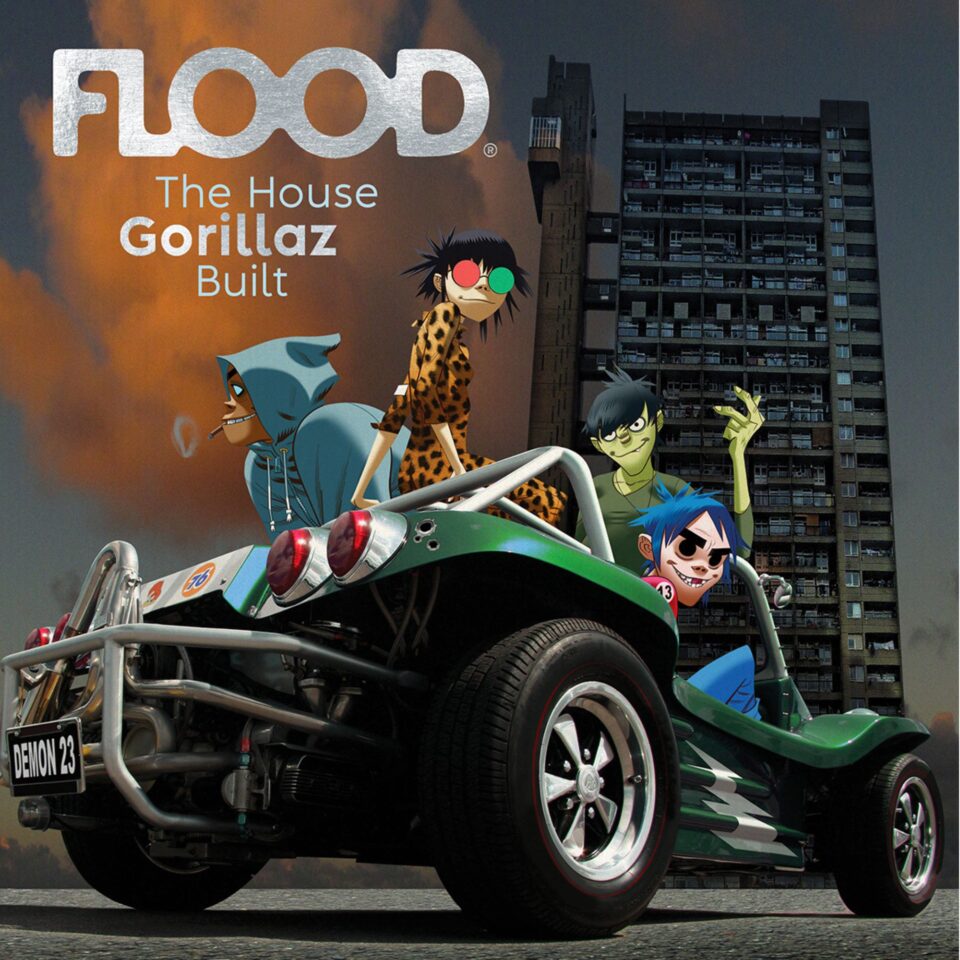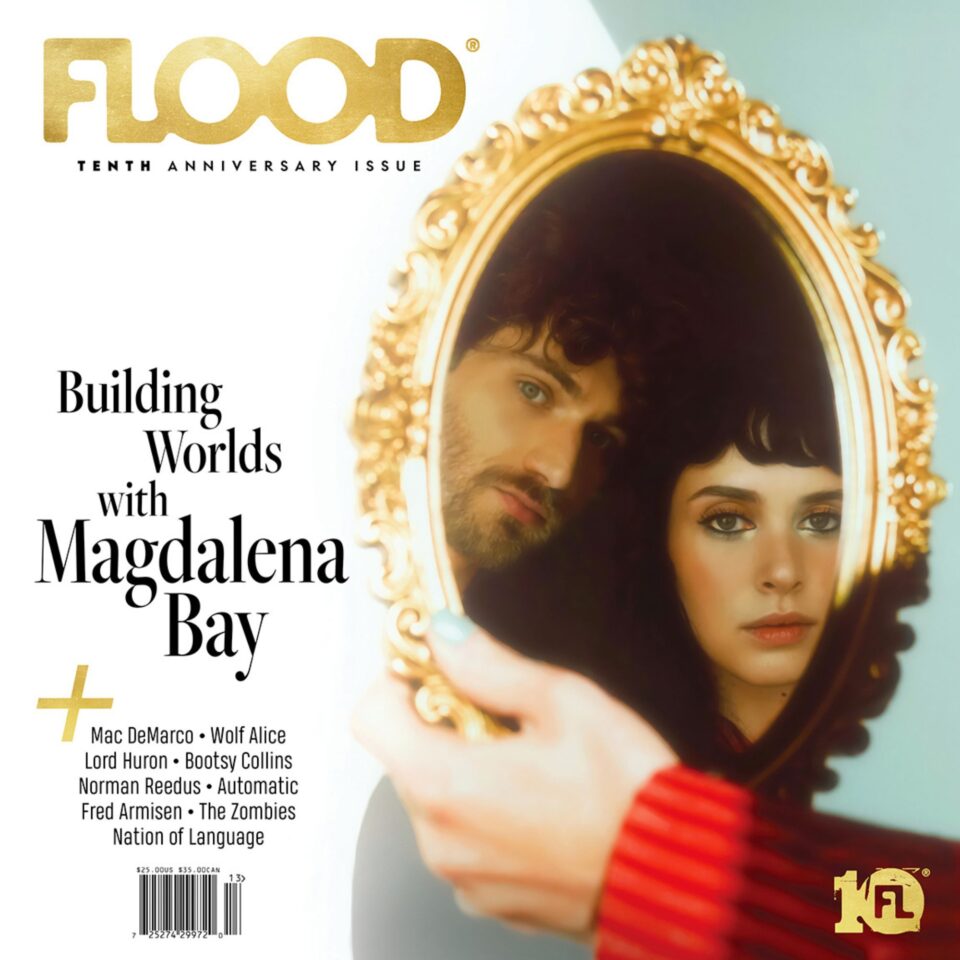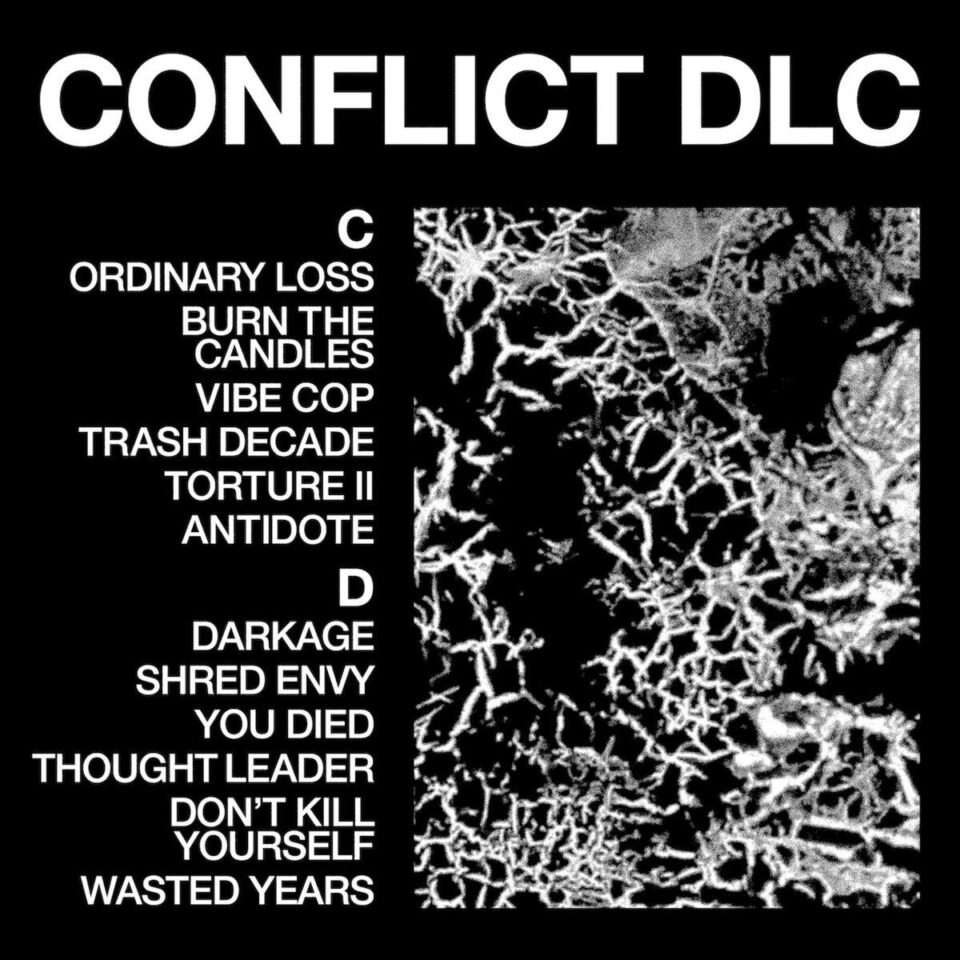Hugo Largo
Huge Large and Electric: Hugo Largo 1984-1991
MISSING PIECE
If you’ve ever heard the joke that starts “A one-time radio DJ/music critic and a performance artist walk into a bar in mid-1980s downtown NYC,” this month’s most eclectically ethereal box set, Huge Large and Electric, is for you—collecting as it does Hugo Largo’s full discography of studio albums, rarities, and live recordings. Born in opposition to the noise of NYC’s no wave scene and the Lower East Side’s clattering post-punk encomium, the pair of vibrating basses, creaky violin, and piercing vocal line-up of Hugo Largo—an experimental quartet, but one oddly melodious in its haunting—acted as a tremulous tonic to the tenor of the times and the town that never slept. The producer of their 1988 debut Drum (and duet partner on that record’s “Eureka”), Michael Stipe, even called Hugo Largo’s song catalog “sweet lullabies for a troubled world.”
That being said, you’d never call Hugo Largo “sleepy,” or even really all that “sweet”—especially if you found yourself caught up in the churning combine of their live sets (as I did often), several tracks of which are featured in the box set’s “Unreleased and Live: 1984-1991” disc. Vocal dynamo/performance artist Mimi Goese didn’t exactly “front” Hugo Largo so much as drop, roll, and fit into the band’s insistently undulating vibration—a whir created by instrumentalists Adam Peacock, Hahn Rowe, and writer/radio man Tim Sommer. Goese’s vocals didn’t just become another instrument at one with the team’s overall tone, her voice was like loud lava: hot to the touch, cold on the ground, and mercurially impossible to nail down.
Though often compared to the burgeoning 4AD sound of the mid-’80s, I disagree wholeheartedly with that classification. While artists such as Dead Can Dance flew with gossamer wings, Hugo Largo created elegant, crabby art-rock drenched in melancholy and rimmed with an oddly uncategorizable sense of danger and darkness that lifted the inherent drama and occasional violence of Goese’s voice to giddy new heights. On their debut EP (also titled Drum), those peaks stood tall with sparsely arranged, echo-heavy, ambiently swelling instrumentals snaking behind Goese’s dip-diving voice on “Eskimo Song” and “Second Skin.” Considering how soft Stipe’s vocals were at the time, you fear for him being swallowed alive during “Eureka.”
On their relatively poppy second album Mettle, that meant creating a certain tension around Goese’s theatrical vocal prowess, a technique that found her stretching her phrases like Super Elastic Bubble Plastic, rounding her vowels, and encircling her syllables for word-salad playtime. Silly tracks such as “Turtle Song,” mean tunes such as “Hot Day,” and gorgeous melodies for moments like “Jungle Jim” proved that Hugo Largo could take the cool demeanor of what was wrought throughout their first album and turn it all broad and emotional without losing its art-vibe originality.
Originally released on All Saints and Brian Eno’s former label, Opal, it’s a blessing to see and hear the Missing Piece people picking up on the whole of the Hugo Largo catalog where it left off, as theirs is the missing piece of the puzzle that was the American post-punk scene.







